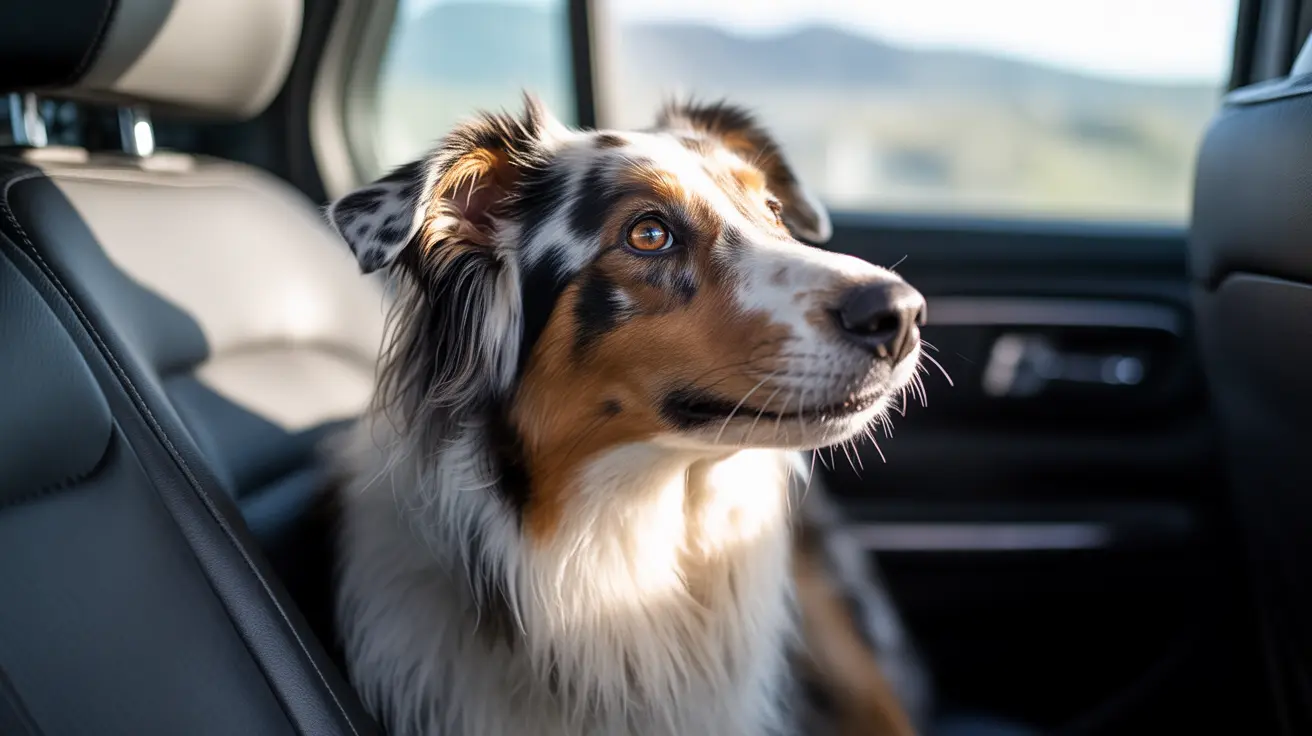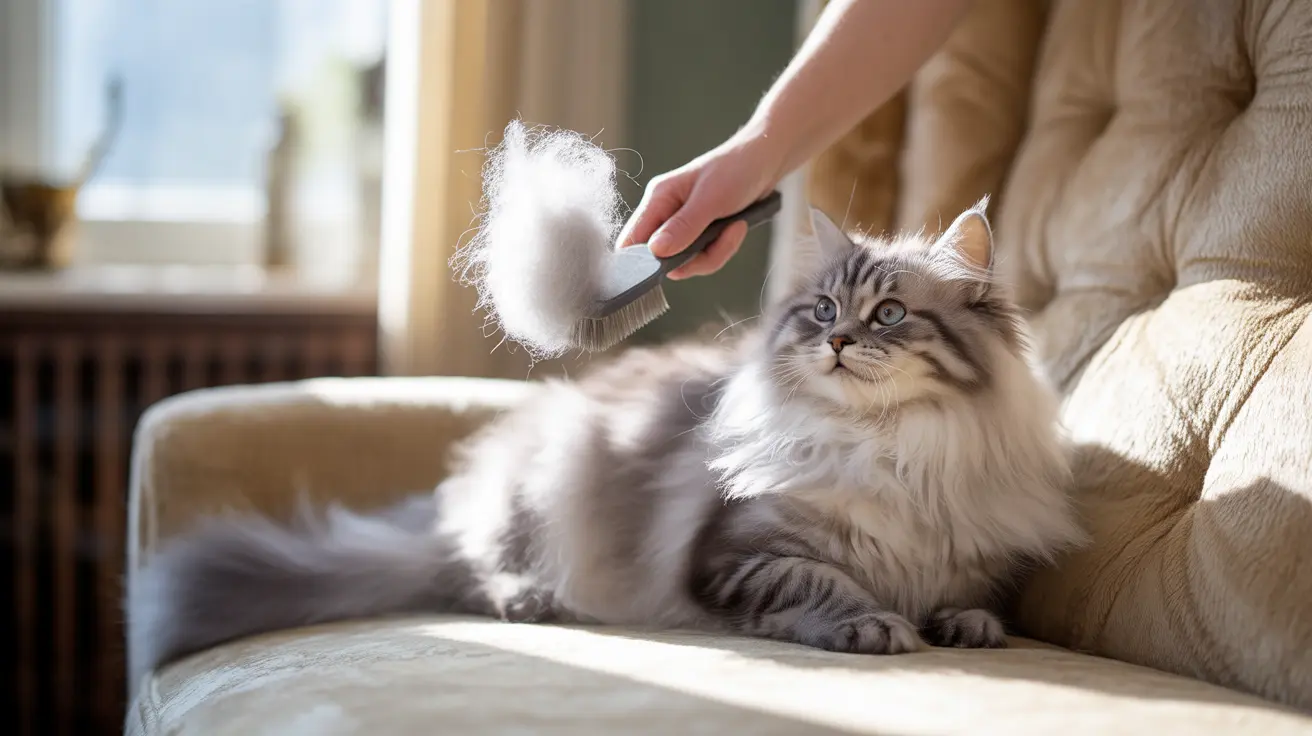Many pet owners wonder "do dogs sweat?" While our furry friends do have sweat glands, their cooling system works quite differently from humans. Understanding how dogs regulate their body temperature is crucial for keeping them safe and comfortable, especially during warm weather.
Let's explore the fascinating ways dogs stay cool, including their unique sweat glands, primary cooling mechanisms, and important signs of overheating to watch for.
The Truth About Dog Sweat Glands
Dogs have two main types of sweat glands: merocrine and apocrine. Merocrine glands are primarily located in their paw pads, producing a watery secretion similar to human sweat. However, these glands play a minimal role in cooling and actually help more with providing traction while walking or running.
Apocrine glands, found throughout the dog's body, serve a different purpose entirely. Rather than cooling, these glands release pheromones that help dogs communicate with each other through scent.
How Dogs Really Cool Down: The Power of Panting
Since dogs can't sweat effectively through their skin, they rely primarily on panting to regulate their body temperature. When a dog pants, they rapidly breathe in and out, allowing moisture to evaporate from their tongue, mouth, and upper respiratory tract.
- Increasing air flow through the respiratory system
- Promoting moisture evaporation from moist surfaces
- Cooling blood as it circulates through the tongue and mouth
- Releasing excess heat from the body
Understanding Your Dog's Cooling System
Besides panting, dogs use several other methods to maintain their body temperature. Blood vessels near the skin's surface can dilate (expand), allowing warm blood to cool before returning to the heart. Some dogs may also seek out cool surfaces to lie on or dig holes to find cooler earth beneath the surface.
- Breed characteristics (especially facial structure)
- Coat type and thickness
- Overall health and fitness
- Environmental conditions
- Age and weight
Signs Your Dog Is Overheating
Since dogs can't sweat effectively, they're more susceptible to overheating than humans. Watch for these warning signs:
- Excessive or heavy panting
- Bright red gums or tongue
- Drooling more than usual
- Lethargy or weakness
- Vomiting or diarrhea
- Disorientation or collapse
Keeping Your Dog Cool and Comfortable
Help your dog maintain a healthy body temperature by:
- Providing constant access to fresh water
- Creating shaded areas outdoors
- Avoiding exercise during peak heat hours
- Using cooling mats or elevated beds
- Never leaving them in parked cars
- Considering a kiddie pool for supervised water play
Frequently Asked Questions
Do dogs sweat like humans and where are their sweat glands located?
No, dogs don't sweat like humans. They have sweat glands primarily in their paw pads (merocrine glands) and throughout their body (apocrine glands), but these play a minimal role in cooling. The paw pad sweat glands help with traction, while body glands are mainly for scent communication.
How do dogs cool themselves if sweating is minimal?
Dogs primarily cool themselves through panting, which allows for evaporative cooling through their mouth and respiratory tract. They also use vasodilation (expanding blood vessels near the skin) and may seek cool surfaces to lie on.
Why do dogs pant and how does it help regulate their body temperature?
Panting helps dogs cool down by promoting rapid air exchange and evaporation of moisture from their tongue, mouth, and respiratory tract. This process helps cool the blood circulating through these tissues, effectively lowering body temperature.
Can excessive sweating or panting in dogs indicate heat stress or health problems?
Yes, excessive panting or sweating can signal heat stress or other health issues. Watch for signs like extreme panting, bright red gums, disorientation, or collapse, which require immediate veterinary attention.
What are practical ways to keep my dog cool and prevent overheating in hot weather?
Provide plenty of fresh water, ensure access to shade, avoid exercise during hot hours, use cooling mats or fans, and never leave your dog in a parked car. Consider indoor activities during extreme heat and monitor for signs of overheating.






